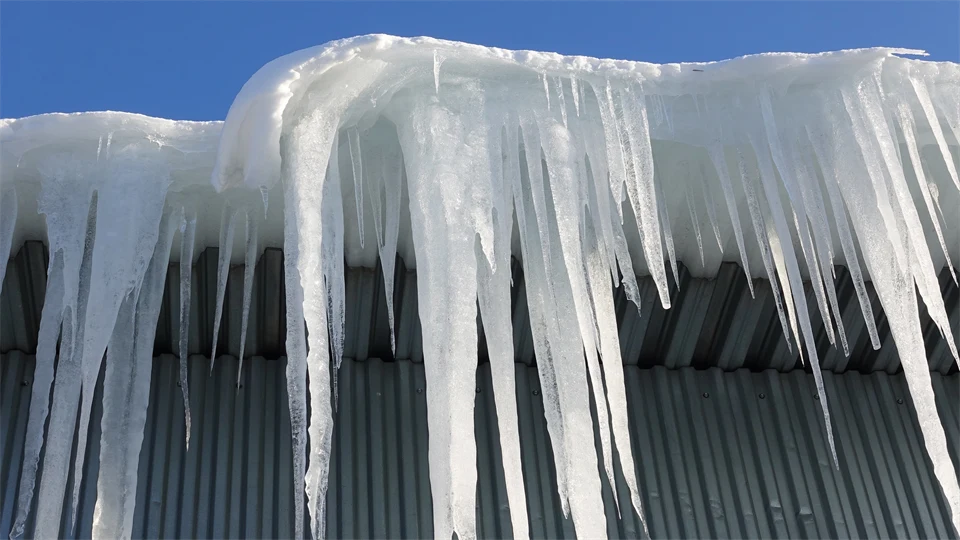Research helps prevent roof damage caused by heavy snow
Heavy snow affects both traffic safety and buildings. Now, researchers at the STC research centre and the Härnösand company Starbit have created an AI model that can measure the weight of snow without contact, and thus provide an opportunity to prevent damage to buildings and collapse accidents.
"It is a new and groundbreaking technology that will be very useful in a future where climate change can cause heavy snowfall and large temperature fluctuations that make the snow wet and thus increase the snow load. In the past winter alone, we have experienced buildings collapsing, and although there may be several reasons for this, we know that challenges of this kind can increase," says Mattias O'Nils, Professor of Electronic Systems Design and leader of the STC Research Centre.
STC and Starbit have previously jointly developed a snow depth gauge that uses sensor technology to reliably measure snow depth in real time. This has facilitated and made snow removal more efficient and improved safety on roads and pavements in the municipalities that have used the meter. Now STC and Starbit have taken the next step and developed an AI model that, with the help of measurements about the volume of the snow from the snow depth gauge and measurement data about the weather, calculates how much the snow weighs. so-called snow load. The snow gauge can now provide a calculation of how much and how heavy snow is on the roofs so that you get an indication of when it is time to shovel. In this way, the technology helps to reduce the risk of collapse accidents and damage to buildings.
"This is an exciting and important step forward for our research and development at Starbit. By integrating this measurement technology for snow weight into our systems, there are now working solutions to manage snow-related risks and increase safety," says Michael Jakobsson, Sales Manager at Starbit.
The results show the great potential that exists in combining AI, IoT (Internet of Things) and sensor technology, where the collaboration between researchers at Starbit and Mid Sweden University, and also researchers at the University of Salerno, Italy, has contributed.
− It is a good example of close collaboration between Mid Sweden University and companies that results in new knowledge that has a direct impact on both the company and society. To deepen the collaboration between Starbit and Mid Sweden University, a joint industrial doctoral student has started with the goal of further investigating how AI can increase the value of IoT in industry and society, says Mattias O ́Nils.
The development of the snow depth gauge and its functionality has been carried out within the Vinnova-funded research project IoT for smart snow removal and the collaborative project DIGIT − Sustainable Digital Transformation, in which some 20 organizations in the counties of Jämtland and Västernorrland are participating. DIGIT is financed with support from the European Regional Development Fund, Region Västernorrland, Region Jämtland/Härjedalen and the municipalities of Härnösand, Sollefteå, Sundsvall, Timrå and Örnsköldsvik.
Read more about the initiatives:
IoT for Smart Snow Removal
DIGIT - Sustainable Digital Transformation
Contact person:
Mattias O ́Nils, Professor of Electronic Systems Design and Head of the STC Research Centre at Mid Sweden University, mattias.onils@miun.se, 010-142 87 80
